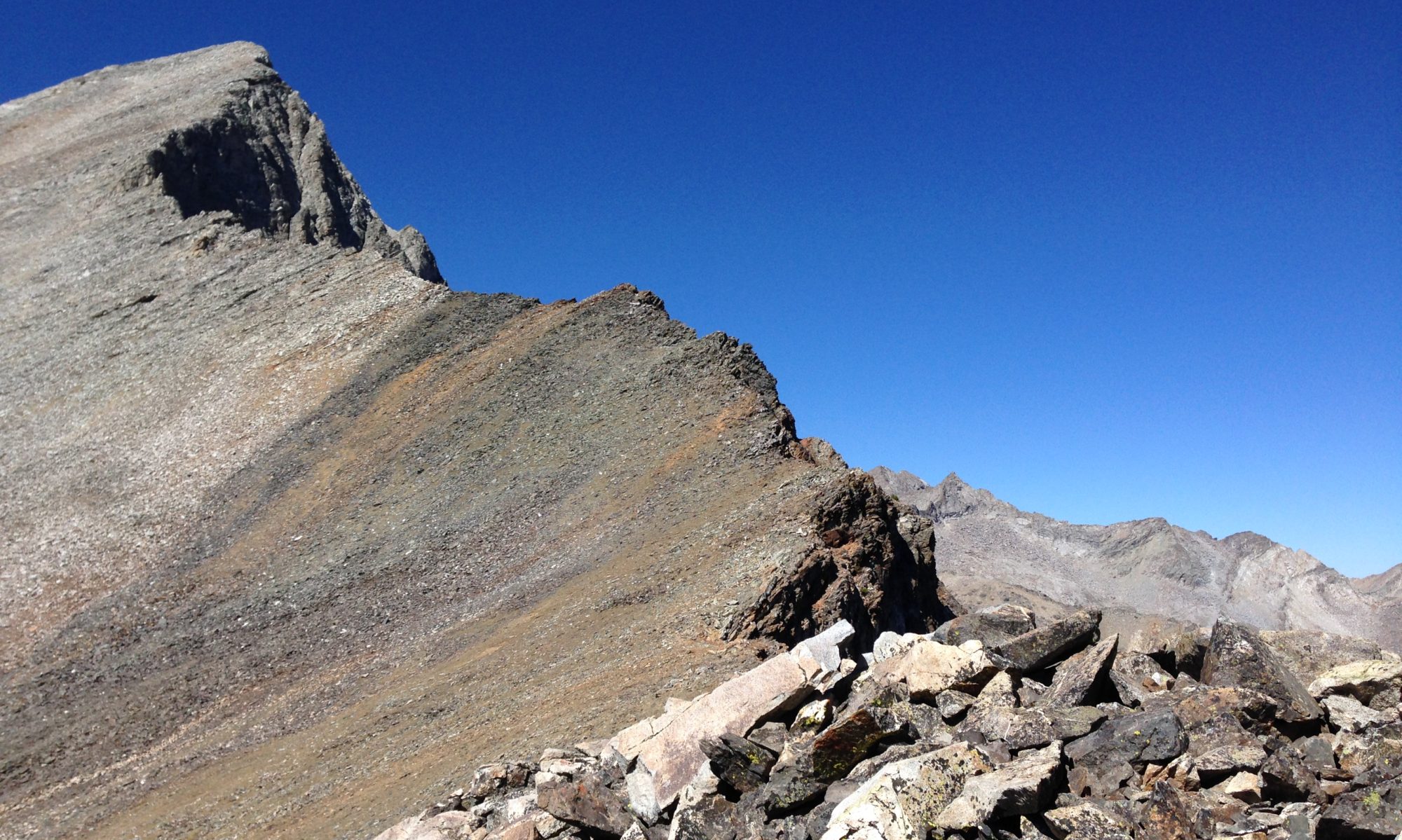As I’m getting around to meet people here in London for the first time, I’m finding the best conversations simply defy memory. Or maybe mutuality defies memory.
It has been my habit, ability, or perhaps my failure, to walk away from conversations with a fairly detailed mental rendering of where we went and how we got there. Lately, however, I’ve been taking this time of meeting a number of new people, with little real agenda, to practice listening differently.
I’m paying more attention to where attention goes. Refining the pulsation between me and you. Coming back more often to check if I’m sitting in easy alignment. Pulsing too between personal interests and income opportunities, histories and plans, brain and base. Letting all of these things inform all the rest.
Sometimes I notice that I’m doing it all quite well, and other times I notice that I’m way off. I hope I’m noticing sooner than I used to. Along the way, I’ve been amazed at what I’m not able to recall, at least in words, at the close of these conversations. I get thrown off by moments of not knowing where we’ve been or might go, and then a path appears. We go on. The shape of all things just keeps unfolding.
Today’s conversation was with Andy Borrows, at the Crypt Cafe, beneath St. Martin-in-the-Fields parish, off Trafalgar Square. The sign upstairs on the church door declares it as “…a place of worship… a business… [and] a care organization…” What better place to have a mutuality conversation?
And true to my story, I can hardly remember where more than three hours went, but I did come away with real things to do next. Most exciting, we’ll be working together, with Chris Corrigan, on Chris’ chapter of the 100bloggers book project. And Andy’s got a headful of Open Space to fish around in with colleagues back at work. Looking forward to another round, too.
UPDATE: Andy’s version

